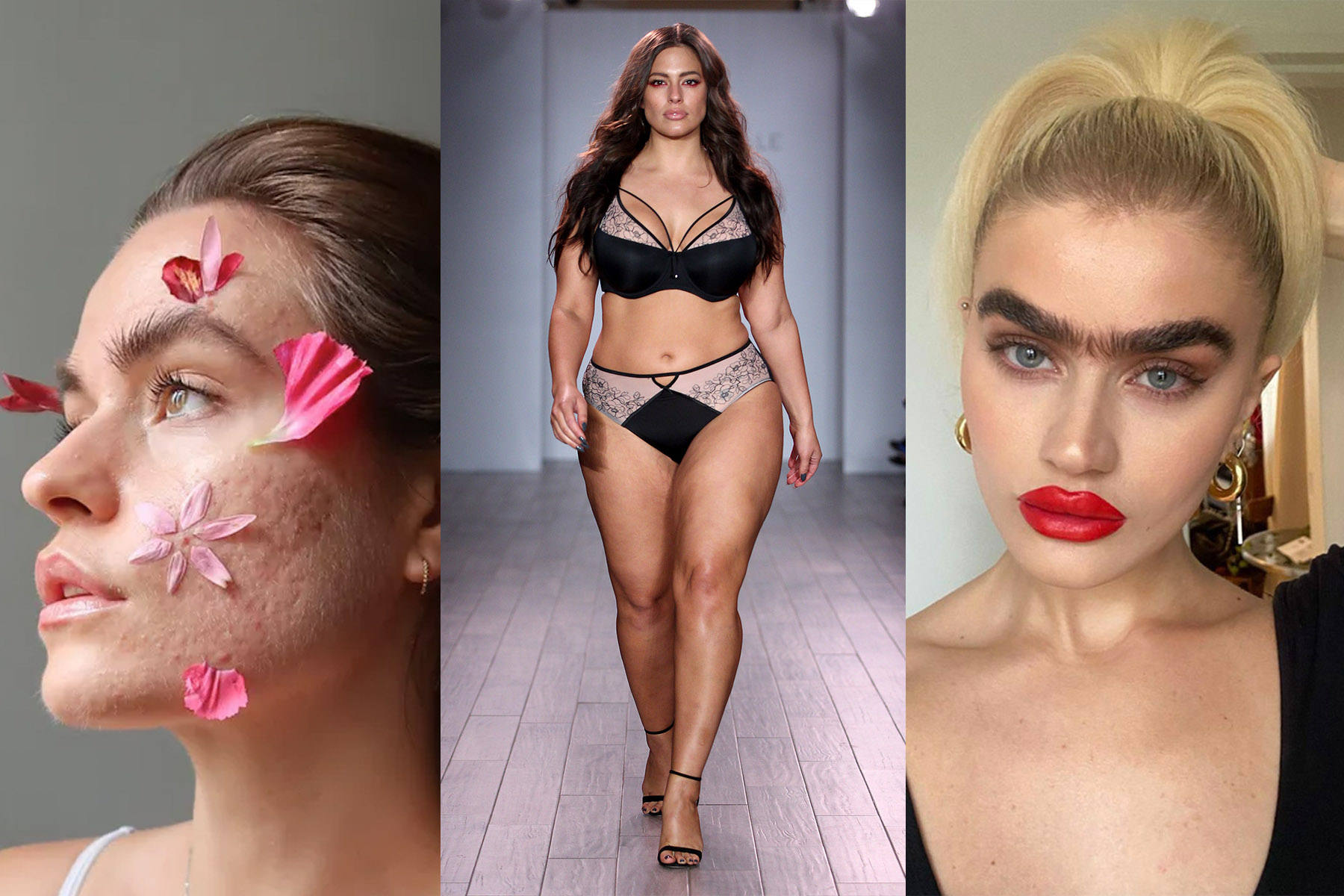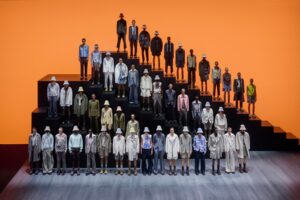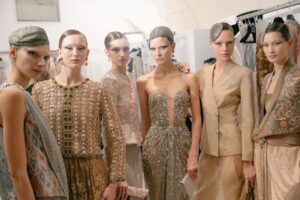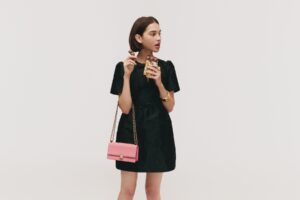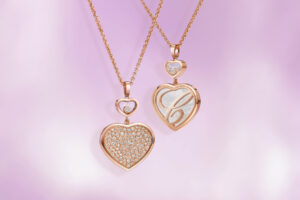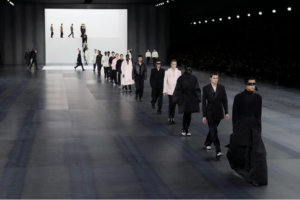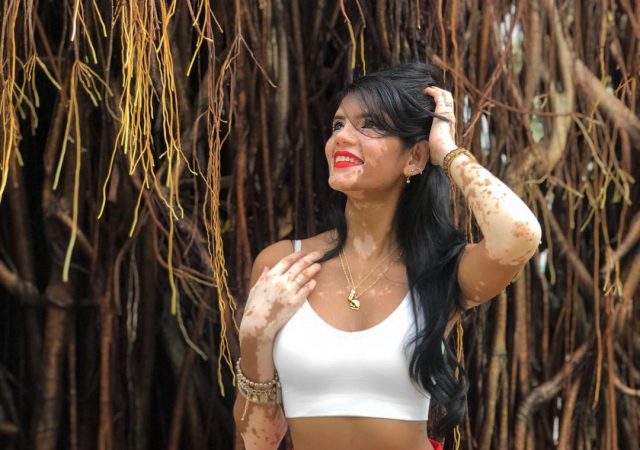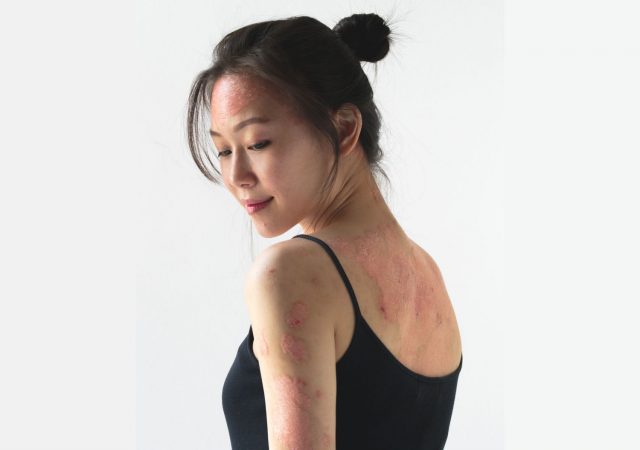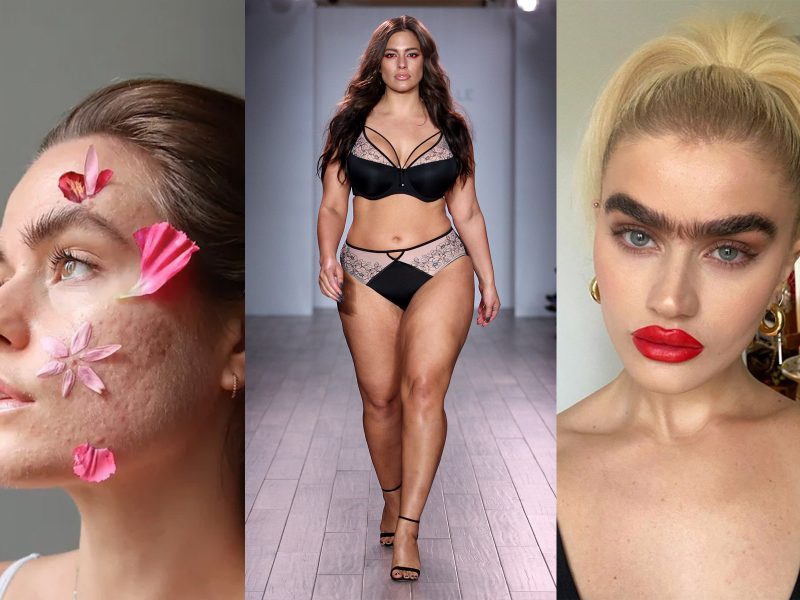
We’re all familiar with the adage: beauty lies in the eyes of the beholder. Despite the fact, many of us subconsciously hold on to preconceived notions of what beauty looks like…or what it doesn’t look like.
Acne, unibrows, stretch marks, facial and body hair (for women) and excess flabs are some of the common denominators when it comes to the opposite of beauty – whatever you choose to call it. This is why we spend thousands on anti-acne skincare, waxing treatments or IPLs, body sculpting and so on to fit into our beauty ideals.
While there’s nothing inherently wrong about working towards your skin goals or body goals, there’s a fine line between that and belittling or shaming everything else that falls short of it. Unpopular opinion: beauty standards aren’t really the problem, poor representation is. Everyone wants to have clear, blemish-free skin, but that doesn’t mean most of us do – and that’s okay, too. Insecurities stem from the warped belief that the standard is the norm, which makes the fashion, beauty and media industries take the heat for perpetuating these standards.
Instead of abolishing the yard stick altogether, the more practical solution to address issues like body shaming and poor self-esteem is to offer proper representation and educate people on diverse skin types and bodies to correct the perception of what’s ideal versus what’s normal. (For the record, neither determines one’s worth as both are merely skin deep; true beauty and worth stems from within.)
With that said, there have been positive shifts to destigmatise and normalise everyday skin and bodies in recent years. In case you need to keep your feed and mental health in check, here are 5 “unconventional beauty” movements that make what’s normal, normal (and cool) again.
Acne positivity
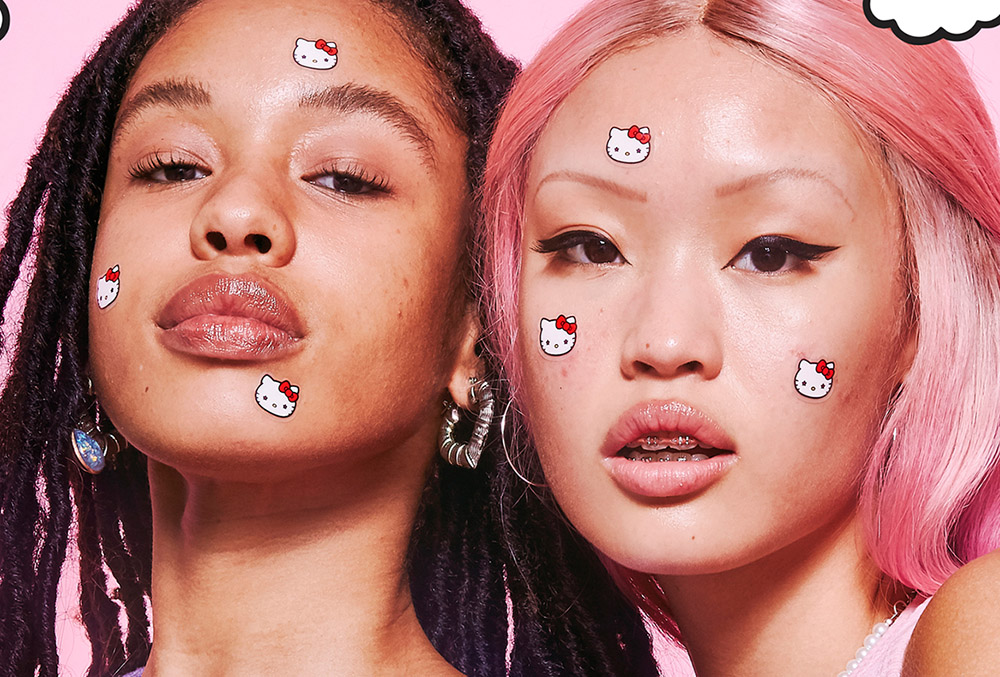
According to the statistics, 85% of people will experience acne at some point in their lives. Though more common during puberty, some will continue to have acne in adulthood – the latter being more prevalent for women compared to men. You probably wouldn’t have guessed so until the acne positivity movement started circa 2018, when activists such as #freethepimple founder Lou Northcote started the campaign to empower others to embrace their skin, acne and all.
Then came pimple sticker brands like Starface and Zitsticka, offering stick-on patches that treat pimples while covering them in flowers or stars (as opposed to multiple layers of concealer) to stir positive conversation around acne instead of hiding them. Even “untouchable” celebrities such as Kendall Jenner and Justin Bieber have shared their acne stories, proving that we’re not alone with our battle scars.
Project Body Hair
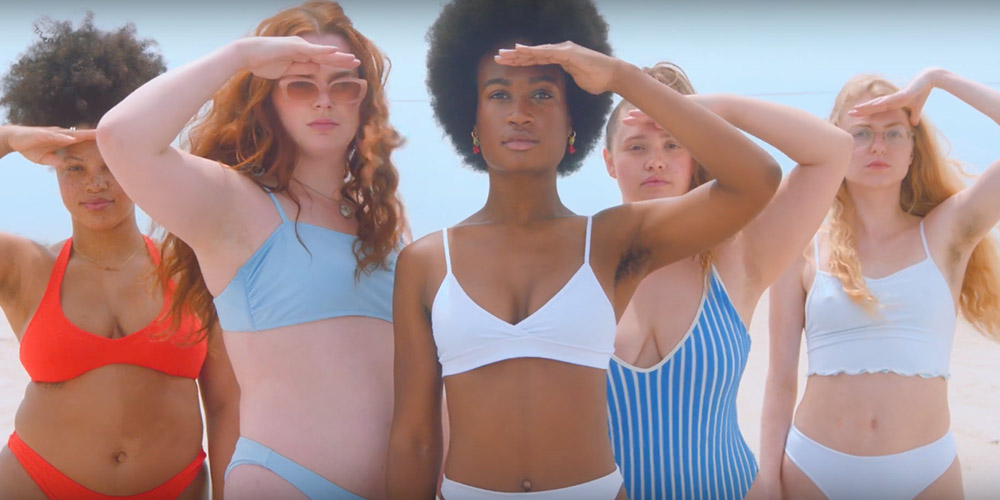
For over a century, body hair has been a taboo for women. The mere sight of unshaven armpits and facial hair on a woman is often met with recoil, while hairy arms and legs are perceived as unattractive. On the other hand, in most modern cultures, it’s acceptable for men to maintain or remove their body hair, so why isn’t it the same for women?
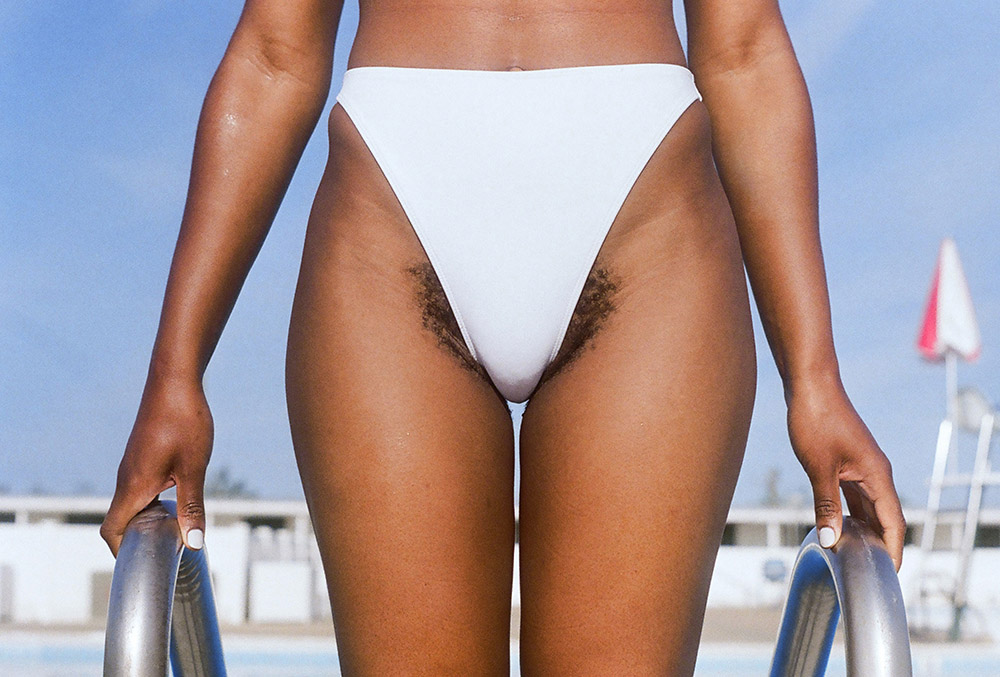
Realising this, UK beauty brand Billie launched the Project Body Hair campaign in 2019, featuring the first razor ad to actually show female body hair. The video showed models with pubic hair in various states – from a clean shave to a full bush (peeking out from a bikini bottom) – to share the message that shaving should be a choice, not an expectation for women. The campaign took off and sparked others like it, such as the #bodyhairmovement to acknowledge and normalise the fact that women have body hair too.
Body inclusivity
View this post on Instagram
Ashley Graham. Tess Holiday. Paloma Elsesser. These are just a few names in the modelling industry that have been representing plus-size, curvier women on the global scale. Closer to home, activist and plus-size model Nalisa Amin has been proving to Malaysian women that ‘fat’ is just an adjective that doesn’t make one any less beautiful or deserving of representation. Similarly, content creator Nadia Rose actively speaks out against body shaming as a women advocate who has suffered from body dysmorphia herself.
The body inclusivity and body positivity movements are more than just about size, however; they’re also for accepting your body the way it is – because cellulite, stretch marks and lumps can occur in any body, even thin bodies and male bodies. More often than not, these are conditions one can’t get rid of easily, if ever, because they’re determined by factors such as age, hormones, genetics, and other life-changing experiences like pregnancy – and this movement serves to bring awareness to the fact.
Unibrow movement
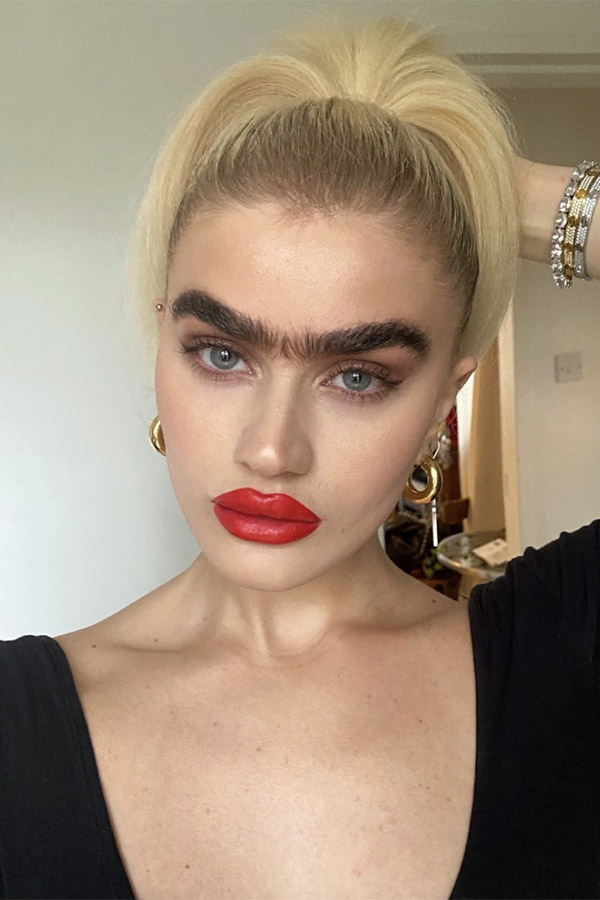
Ah, the unibrow. Whether seen on a man or woman, it’s widely considered to be ugly, except in very few countries like Oman. But this is something Greek Cypriot model Sophia Hadjipanteli has been hoping to change since 2017. Her decision not to pluck her eyebrows stemmed from her experience of being complimented by her grandmother one day, when she happened to have a unibrow. She just left it from that point on and continued posting selfies like the average Instagram user, which eventually drew attention from both supporters and haters.
This led her to start the #UnibrowMovement to dismantle conventional ideas of beauty and to inspire other women to embrace their unibrows. Far from a fleeting trend, Sophia has sported the unibrow for years until today, consistently advocating for people to do whatever they want with their brows, face or body. “I have a unibrow because it’s a preference. I wear makeup and have a unibrow because it’s what I like. Don’t put me in a bubble,” she said in an Instagram post. Today, there’s over 6000 posts with the hashtag on Instagram, sharing her view that the unibrow should be normalised and having it does not make one unkempt or unhygienic.
Skin positivity
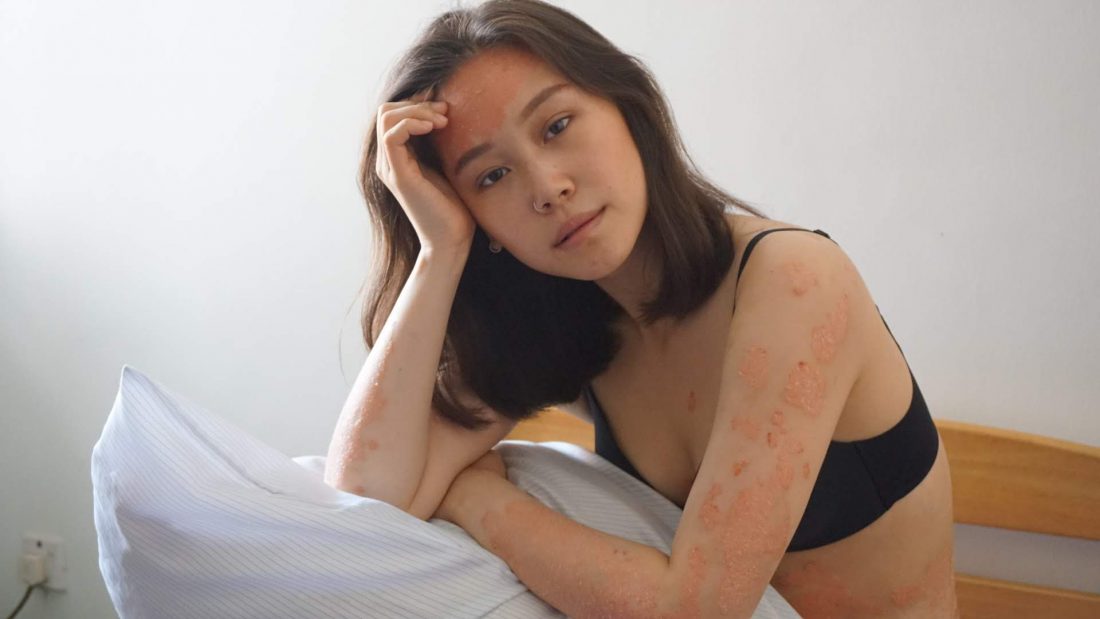
While acne is the most common struggle people face with skin (approximately 50 million Americans are affected annually), there’s a myriad of other skin issues that warrant representation too. Among them are rosacea (a chronic, inflammatory skin condition affecting 16 million Americans); eczema (also called atopic dermatitis, causing dry, itchy, inflamed and rough skin affecting 8 million Americans); psoriasis (a disease causing red, scaly patches of skin affecting 7.5 million Americans); and vitiligo (a condition that causes loss of skin colour in patches, affecting 1% of Americans).
Thanks to the skin positivity movement and countless other campaigns that champion the same cause, there’s now less shame and more awareness on these conditions. Its origin is often linked to vlogger Em Ford who posted a YouTube video titled ‘You Look Disgusting’ back in 2015. The video revealed the daily hate comments and trolling she received for her acne problems.
From there, the movement has grown worldwide, including right here in Malaysia, with the rise of models, influencers and advocates such as Winnie Harlow and Sonya Danita Charles (vilitigo), Rocyie Wong (psoriasis) and Adwoa Aboah (freckles). Together, these personalities are helping to change the way you see your skin, because at the end of the day, your happiness and self-worth should not depend on how you look like.
Skin Deep: Sonya Charles and her journey to self love with vitiligo
After being diagnosed with vitiligo at the age of 8, Sonya Danita Charles embarked on a journey to reclaiming her confidence, while helping to champion inclusivity and challenge stereotypical beauty standards in Malaysia.
Skin Deep: Rocyie Wong on how chronic psoriasis taught her real strength and beauty
It was a long journey to self-acceptance for Rocyie Wong and her chronic psoriasis but in stepping into her own truth, she now sees the real definition of strength and beauty.




